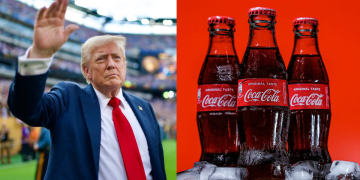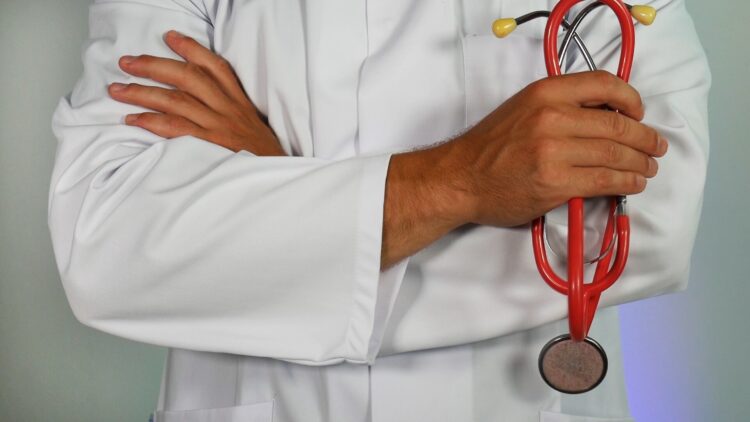It’s a sad fact of life for many Americans that medical expenses can completely destroy them financially . While there are options that can, in some cases, lower these expenses , the fact remains that uninsured Americans are financially vulnerable should they encounter medical problems.
Until legislation changes and free healthcare is affordable for all, a nonprofit committed to wiping out medical debt is doing wonders for Americans with hefty medical bills.
RIP Medical Debt does what its name would suggest.

The nonprofit organization was actually started, perhaps unconventionally, by two men — Jerry Ashton and Craig Antico — who built their careers on collecting debt from patients who couldn’t afford their medical bills.
The former debt collectors learned a few things in their previous line of work.

“They would have conversations with people on the phone, and they would understand and have better insights into the struggles people were challenged with,” said Allison Sesso, CEO of RIP Medical Debt.
The turning point was the Occupy Wall Street movement.

Ashton, one of the former debt collectors who founded the nonprofit, said in a video that it dawned on him around this time that he was a predatory debt collector.
“Now all of a sudden I’m reformed,” he said. “I’m a predatory giver.”
What has RIP Medical Debt done so far?

The nonprofit was founded back in 2014, and the model is based around buying debt. This is exactly what debt collectors do, but RIP Medical Debt does something different: instead of trying to collect these debts, they just forgive them instead.
Debts are forgiven more or less randomly.

Sesso, the CEO, told NPR that the debt they buy comes down to which hospitals are willing to sell their debt. “Nobody can come to us, raise their hand, and say, ‘I’d like you to relieve my debt,'” she explained.
The company has grown during the pandemic.

They get their funding from various philanthropists. A big $50 million donation from MacKenzie Scott in late 2020 helped their fortunes significantly. The donation helped with administrative costs that allowed the nonprofit to become a more efficient organization overall.
Some hospitals help the cause.

It’s important to note that hospitals themselves aren’t really to blame for high medical costs. It’s more of a systemic issue. In January, Heywood Healthcare in Massachusetts donated $800,000 of medical debt , saying they did it because high bills were causing patients to avoid treatment.
They’ve wiped out $6.7 billion of medical debt…and counting.

This whopping total has relieved 3.6 million people of debt. It’s a relatively good deal, as $1 in donations will relieve, on average, $100 of medical debt. But the practice does have some critics.
Is this a happy story or a sad story?

It’s great to see a nonprofit take on the problem of medical debt. But one criticism of this practice is that it treats the symptom of high medical bills without treating the legislative cause of the problem. In other words, the nonprofit is only able to tackle the problem after it becomes a problem, rather than eliminating the root cause.
RIP Medical Debt has another innovative idea up its sleeve.

To combat the root cause, the nonprofit is now advising hospital systems on ways that patients can be screened for charity care. This means that, ideally, some patients that would otherwise be stuck with bills will have them covered.
Medical debt is a major problem.

More than half of U.S. adults , and over 100 million people overall, live with medical debt due to medical and dental bills. Because laws change slowly, it seems that this trend will continue for the foreseeable future.
Have you struggled with medical debt?

Medical bills are almost impossible to anticipate and plan for, and have the power to bankrupt a person. What are your experiences in dealing with these bills? Share your stories, and let us know your thoughts, in the comments section.

















































